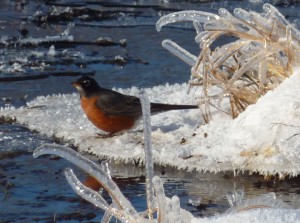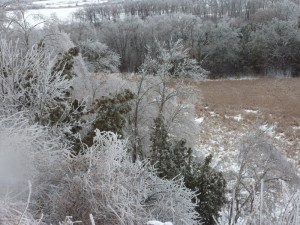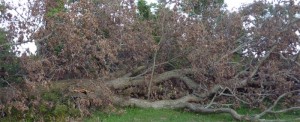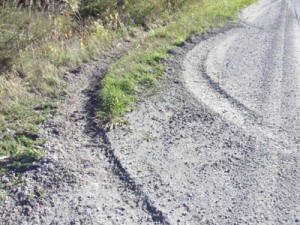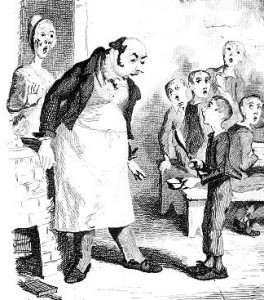I’m talking about a tough, scrappy, impudent species that pops up whenever you take your eyes off a patch of grass or turn your back on an unplowed acre. The eastern red cedar, gangster of the open fields, bandit of fence rows, invader of every road allowance with an ounce of dirt to colonize. Oh, not to be confused with the majestic real cedars of the West. The eastern red cedar is really a juniper with even its common name rejected by the lofty American Joint Committee on Horticultural Nomenclature. The juniperus virginianna doesn’t care about the Joint Committee. If it wants to call itself a cedar, it will.
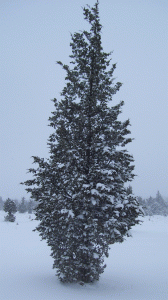
Eastern red cedar, juniperus virginianna. Tough, scrappy, grows whether wanted or not.
Any drive about the county reveals the outlaw vigor of the red cedar. Mile after mile of once open farmland is now crammed with dark cedars hardly leaving space for a goat to graze. Though native, the red cedar is a determinedly invasive species. Any territory, even slightly uncultivated, will start sprouting the bushy green beggars. Old farmers laugh at attempts to control them. They’ll tell of being sent out to these same fields as kids to snip off the junior invaders before they got big enough to need an axe. Fat lot of good it did.
Cattle do their inadequate best to trample them. Mainly, they use the cedars as fly brushes. When tormented in the summer, cattle will plunge into dense cedar thickets to scrape the flies from their faces and backs. You can always tell where cattle have grazed by cedars denuded of branches to cow height and sculpted in strange shapes by bovine bodies.
The red cedar is too scraggly for Christmas trees, too skinny and full of knots for lumber, homely in gardens and besides, it drops dead in good soil. My city relatives were always hauling home baby cedars only to watch them perish in the rich, alien earth of the suburbs. In the limestone shale of the county, they not only thrive but slyly reduce the nutrients in the soil beneath them, discouraging competitors from trying to horn in.
To boot, the red cedar harbours cedar-apple rust disease, which does bad things to apple orchards. The advice is to remove all cedars within one mile of any orchard. Ha! As if that could happen. Red cedars, once upon a time, were controlled by wildfire, something not too practical when they are next to my barn as well as other people’s barns, houses, schools and villages. Ironically, cedar make lousy firewood, except for kindling. It’s oils make it burn like gasoline, threatening to set the chimney afire. And then it’s gone.
Cleverly, it has recruited a hungry partner to help it spread. Cedar waxwings love the “berries”. So much so that it only takes 12 minutes for these seeds to pass through the bird’s digestive system. This hyper speed trip via the avian gut actually triples germination power as the seed plops down in a brand new place to grow.
So is the red cedar useful at all? Besides feeding assorted other birds and mammals who do their own share of seed spreading?
Well, when lining cedar chests or closets, it drives away moths. It is one of the few woods suitable for manufacturing pencils. Its ornery qualities, as the pioneers soon discovered, make it one rugged fence material. Hundred year old cedar rails are still in use today.
Oh, and properly worked, it makes a fine English longbow.
Native Americans used cedar posts to mark their hunting territories. Baton Rouge (meaning “red stick”), Louisiana, was named by French traders from the red cedar poles. During the Dust Bowl of the 1930s, farmers on the Great Plains were encouraged to plant red cedar shelterbelts against the relentless, soil stripping winds. What else could withstand both drought and cold while managing to root in rocks, sand or hard clay underfoot?
And if I expect that scrawny cedar over the fence to race through its scrawny life span and die soon of old age, I’ll be a long time waiting. That uninvited encroacher has to potential to live over 800 years. Providing I stay away from it with my axe.
Gail Hamilton’s books.
Like this:
Like Loading...
